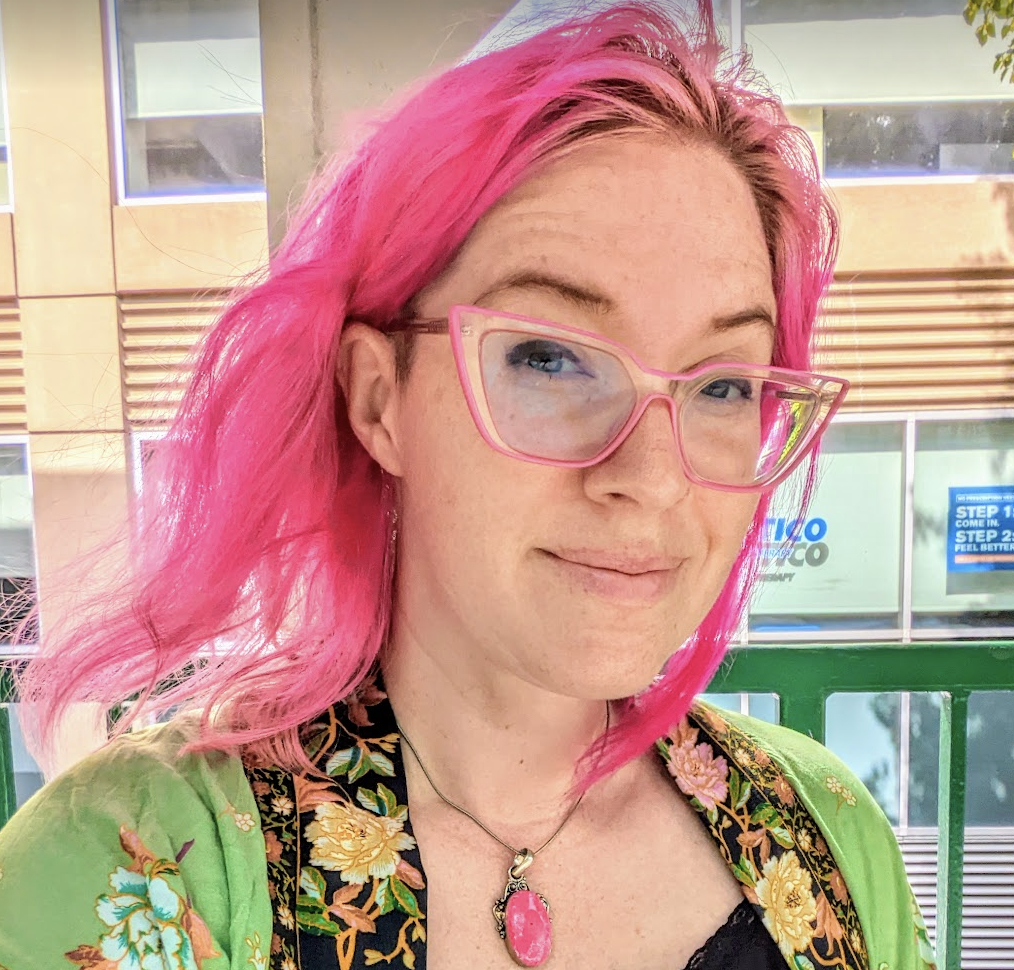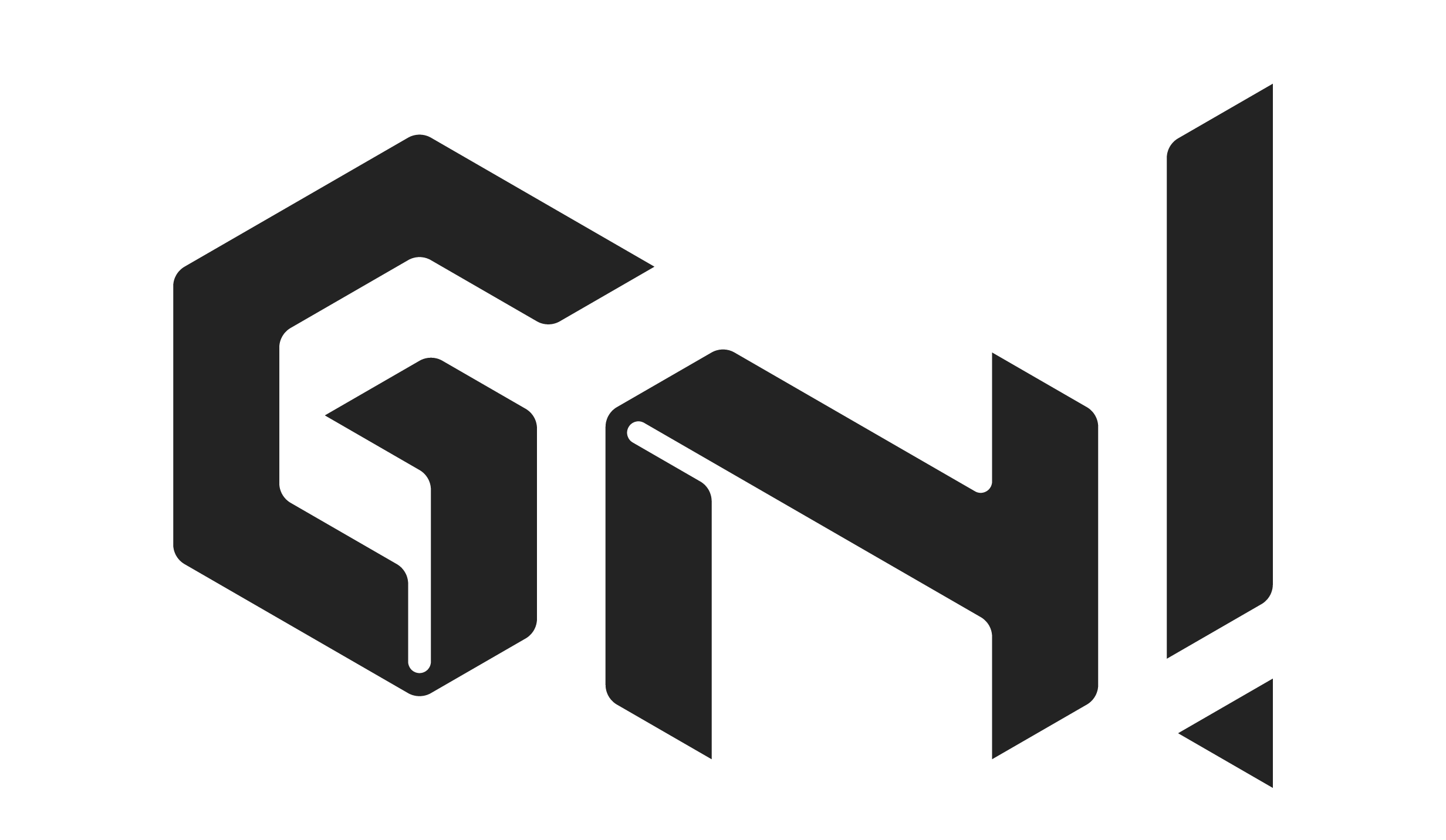
Dr Kate Compton (@galaxykate) is a long-time generative artist, inventor, programmer, and Assistant Professor of Instruction at Northwestern University. She wrote the first paper on procedural platform-game levels, generated the planets for the video game Spore, created the language Tracery which runs over 10000 community-made bots on Twitter, and invented an early phone-based AR system. Her mission is to design artificial intelligence to augment human creativity, and to create tools that bring AI into the hands of poets, artists, kids, and weirdos.
We know what “an art” is: one image, one sculpture, one pot, one scarf. But just as quickly as we humans learned to make art, we learned that we can duplicate it. We used our hands as painting templates or used seashells to press repeated patterns into clay. When we learned to mass-produce images in increasingly vivid quality, we worried that “Art in the age of mechanical reproduction” would not be art any more. ML is not alien or threatening, but another step in the path. In this talk I’ll show how this long journey can be seen as the difference between “solid” art of individual artifacts and “liquid” art, of spaces of possibility, duplicates and variants, and “glue” that can fill in the cracks between traditionally-made art. Liquid art isn’t a replacement for solid art, but a new (old) form that can be used best in games and interaction.
